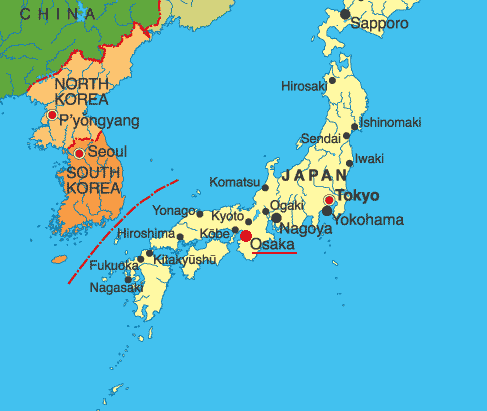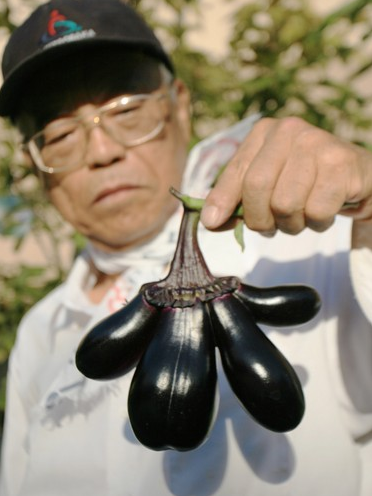
– Trace of radioactive materials detected in Osaka (NHK, May 19, 2011):
Traces of radioactive material blown far from the troubled Fukushima Daiichi nuclear power plant have been detected in the western Japanese city of Osaka.
Osaka’s Institute of Public Health announced on Thursday that tiny amounts of cesium-134 and cesium-137 were found in samples collected from its rooftop between April 1st and May 2nd.
The institute has collected rain and dust samples for its monthly analysis for radiation.
It says it was the first-ever detection of cesium-134, and that levels of cesium-137 were 100 times higher than usual, concluding that the materials probably come from the Fukushima plant.
The institute says that a year’s exposure to those levels of radiation would be less than one 10-thousandth the amount found occurring naturally, and has no impact on human health.
There are no safe levels of radiation:
Read moreOsaka: Cesium-137 Levels 100 Times Normal – First-Ever Detection Of Cesium-134




